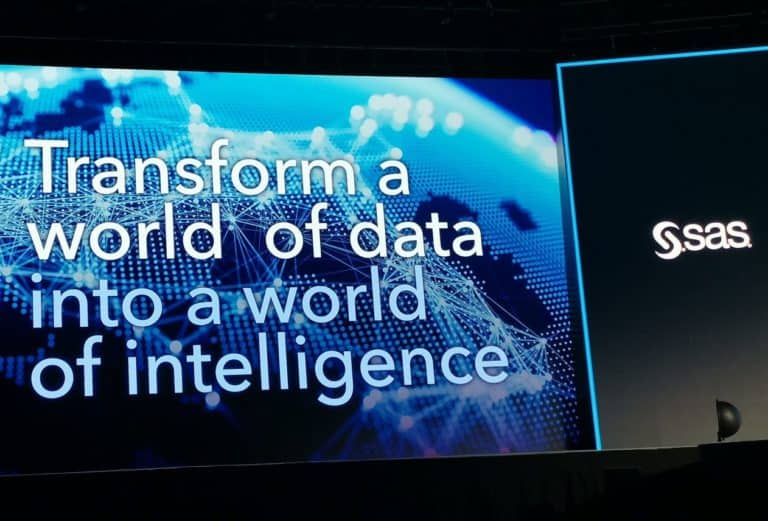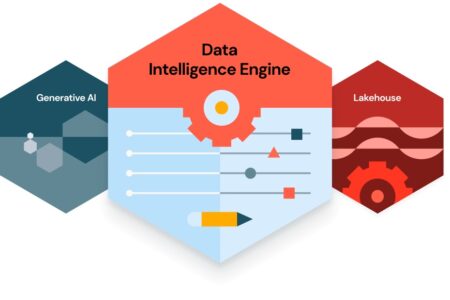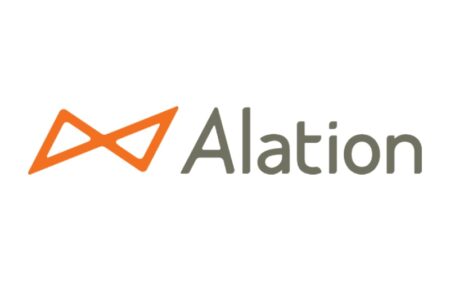Data is increasingly becoming one of the most valuable assets of organisations. It is sometimes compared to the ‘new gold’ or ‘new oil’, because of the countless possibilities it offers. For example, data is an enabler of artificial intelligence (AI), while also providing valuable insights into processes. Because of the many possibilities, the question of how best to use data within the organisation is therefore often raised. According to SAS, in order to find the best possible answer, it is wise for an organisation to ask itself what problem it is trying to solve and how analytics can contribute to the solution.
By initially zooming in on a specific problem, you ensure that you deal with data in the most useful possible way. Expectations regarding data, as well as analytics and AI, are high. As a result, organisations feel inclined to respond to this hype, so that they too can get value from their data. They then typically set up a data science team that builds a number of models. However, these are often not focused enough to use data to its full potential. If one starts by looking at a specific problem that the organisation is facing, however, then models can be used for the right purpose.
‘Problem solver’ concept is appealing
This is one of the reasons why SAS has further improved its analytics platform: to enable companies and organisations to get the most out of their data and to implement AI. At the recent SAS Global Forum, for example, the specific data use of the Amsterdam UMC was highlighted. In the research and treatment of intestinal cancer, specialised doctors faced certain challenges. The challenge included measuring the size and volume of a tumor. Normally, this task took more than 20 minutes of manual work. A trial was set up to create a personalised treatment plan by predicting the effectiveness of a certain treatment tyoe. There is also the hope that the results of the study can be used to treat other forms of cancer.
To achieve this, the Amsterdam UMC uses computer vision and a machine learning model. The model is based on a so-called ‘convolutional neural network’. This means that an algorithm is used to assign values to parts of an object. A useful aspect of such a neural network is that it does not need intensive training beforehand, but that it can learn specific characteristics itself. The SAS technology can then independently assess images, which should also take away some of the doctor’s subjectivity. The idea is that computer vision and predictive analytics use more objective and accurate evaluation criteria than doctors.
Extending the platform
Amsterdam UMC sets a good example. Their approach shows that formulating specific challenges can lead to a significant improvement of an entire process. Basically, the SAS Platform provides the basis for solving all kinds of problems. Think of challenges within a CRM process, or challenges around helping banks to improve their credit score among customers. In order to solve even more problems in the future, SAS has announced that it will be investing in new AI technologies and solutions in the coming years. These developments are part of the recently announced $1 billion (€880 million) investment in AI to drive software innovation and AI acceptance worldwide.
In recent years, the company has focused on computer vision, natural language processing (NLP) and deep learning. Support for solutions from other IT vendors could be improved, however. Points include streamlining SAS deployments in AWS, Microsoft Azure and Google Cloud Platform, and the extraction of data from SAP and Oracle databases. In general, databases have a structure that makes data extraction difficult, making crucial data for business intelligence (BI) difficult to obtain. To address this, SAS provides an environment to realise data extraction from SAP systems, for example.
For SAS, working together with other companies is something that is becoming increasingly important. The possibilities for professional users will also continue to increase. What SAS might find even more important is making analytics usable for everyone. Ideally, data scientists can discuss models and algorithms with other IT professionals and administrators, so that confidence in AI can grow. With the latest version of the SAS Platform, complex tasks needed to build advanced analytical models are automated. This allows business users and executives to interpret these models, and create well-documented reports to help them make faster decisions.
Innovation in a rapidly changing world
It makes sense that SAS is increasingly shifting to ‘analytics and AI for everyone’. On the one hand, the company will promote the acceptance of these technologies. In that way, they can solve even more problems. On the other hand, cloud providers and SaaS providers increasingly have access to analytics tools that compete with what SAS offers in one way or another. This increases SAS’s need for innovation as well.
Of course, SAS provides unique software in many areas. The extensive management options for models, for example, are not matched by many other software providers, but those options are essential for AI. The company’s own SAS language benefits from this, as do Python and R, the supported open source languages. For the time being, these languages meet user expectations. However, the company has promised to add additional languages if users require them in the future. After all, the world of data science is changing rapidly. Therefore, we are curious to see how SAS continues to innovate.


















